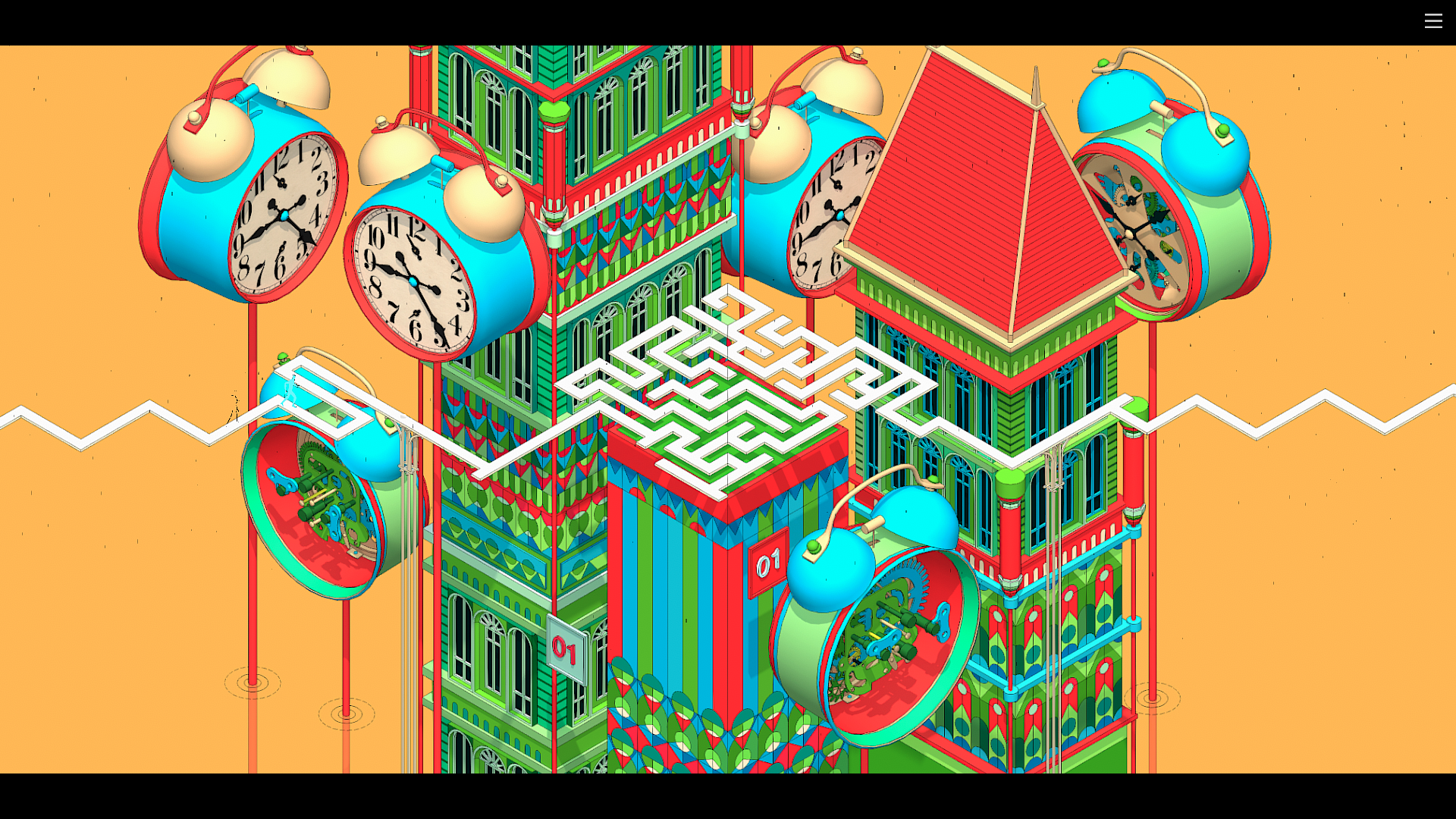
SETUP: 2020 M1 Mac mini, macOS 13.1 (Ventura)
DEVELOPER: Studio Oleomingus
PLATFORMS: Windows, macOS, Linux (itch.io)
SYNOPSIS: Navigate the harsh maze of state control in this incredibly affective game from the makers of The Indifferent Wonder of an Edible Place.
I typically find myself at a loss for words when it comes to Studio Oleomingus’s works. They are such powerful pieces of art, while also maintaining their ideological clarity and strength of vision, that I feel like anything I’d say here would be undeservingly trite. For example, it would be reductive to call Folds of a Separation and its predecessor, The Indifferent Wonder of an Edible Place, “protest media.” It absolutely is protest media, but it’s also more than that. These are also historical documents, poetic adaptations, messages in a bottle, social criticism. The ludic aspects of these games clearly aren’t afterthoughts; they are directly connected to the words and images that inspired and surround them.
Playing these games doesn’t require you to have an intimate understanding of the complicated recent history of Indian politics. You learn plenty through playing them, and in each game’s metatext Studio Oleomingus lays out the situation clearly: India’s government and society has been trending explicitly fascist in recent decades, and the result has been widespread erasure of certain histories and cultures, and state repression of its critics. Dhruv Jani and Sushant Chakraborty use the authorial voice of Mir UmarHassan – a fictitious Gujarati poet active through the 1960s – to illustrate the connection between colonial past and fascist present. It would be an understatement to say that they’re successful at doing so.
Folds of a Separation takes only a few minutes to play. You guide two characters through a series of mazes which at first seem to be disconnected from their exits until—right click—you flip one side of the maze or the other. The side you want to flip has to be completely vacant, though, and each maze is designed to prevent you from easily getting untangled. Much like Umurangi Generation: Macro‘s barricade-choked Underground City level, the mazes in Folds of a Separation are meant to represent the lengths a state will go to in order to keep people from connecting, gathering, organizing, and eventually revolting. For Folds of a Separation, these barriers and twisting, disconnected corridors are both physical – when a government jails its antifascist critics how could it not be – and mental.
It should go without saying that Folds of a Separation is achingly beautiful, visually. Its isometric perspective and intricate pattern-work make each maze a delight to look at. The textures on the background of each text segment are incredibly satisfying. The music, by Salil Bhayani, fits perfectly with the tone of the piece. The piece. It really does feel like Folds of a Separation stands out more as an art piece than a game, but honestly if any part of it had been missing I think it would have made for a lesser experience. Go pick it up; what are you waiting for?


Response
[…] Year of Games #2: Folds of a Separation | No Escape Kaile Hultner plays an artful maze game about state control. […]